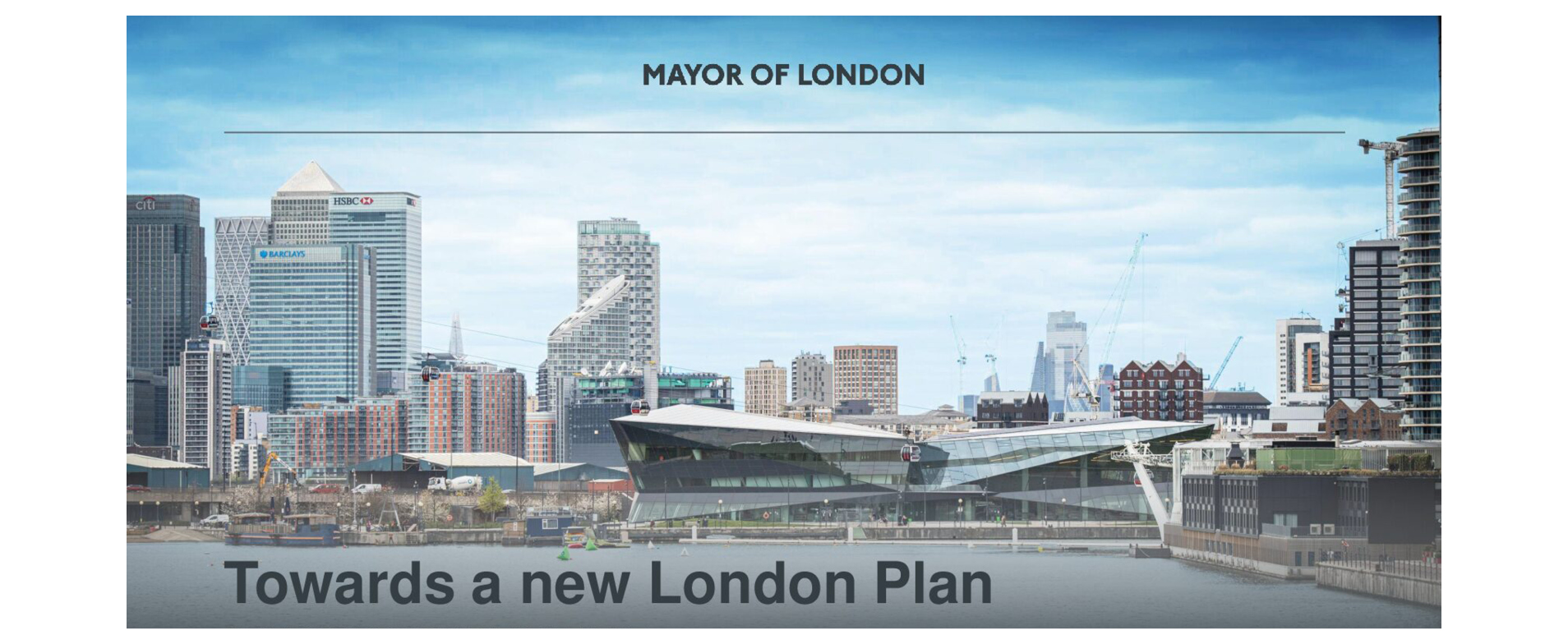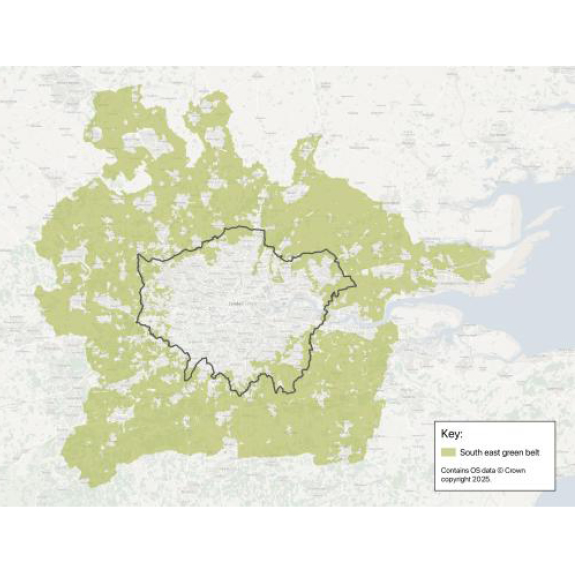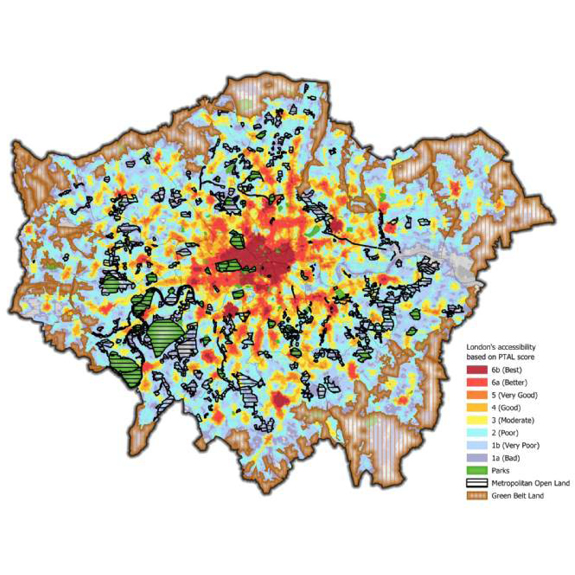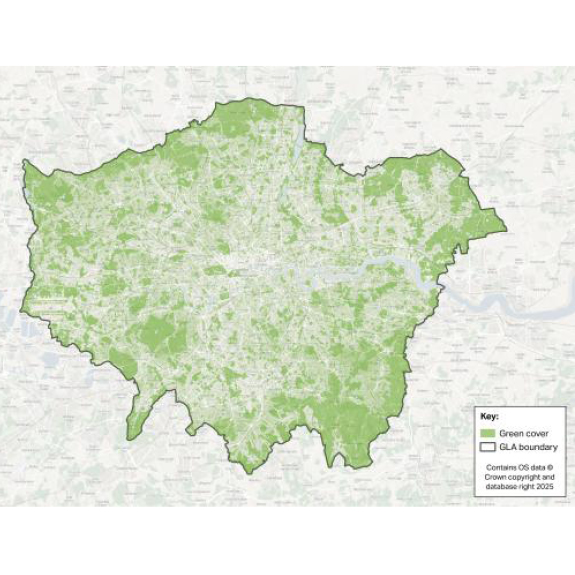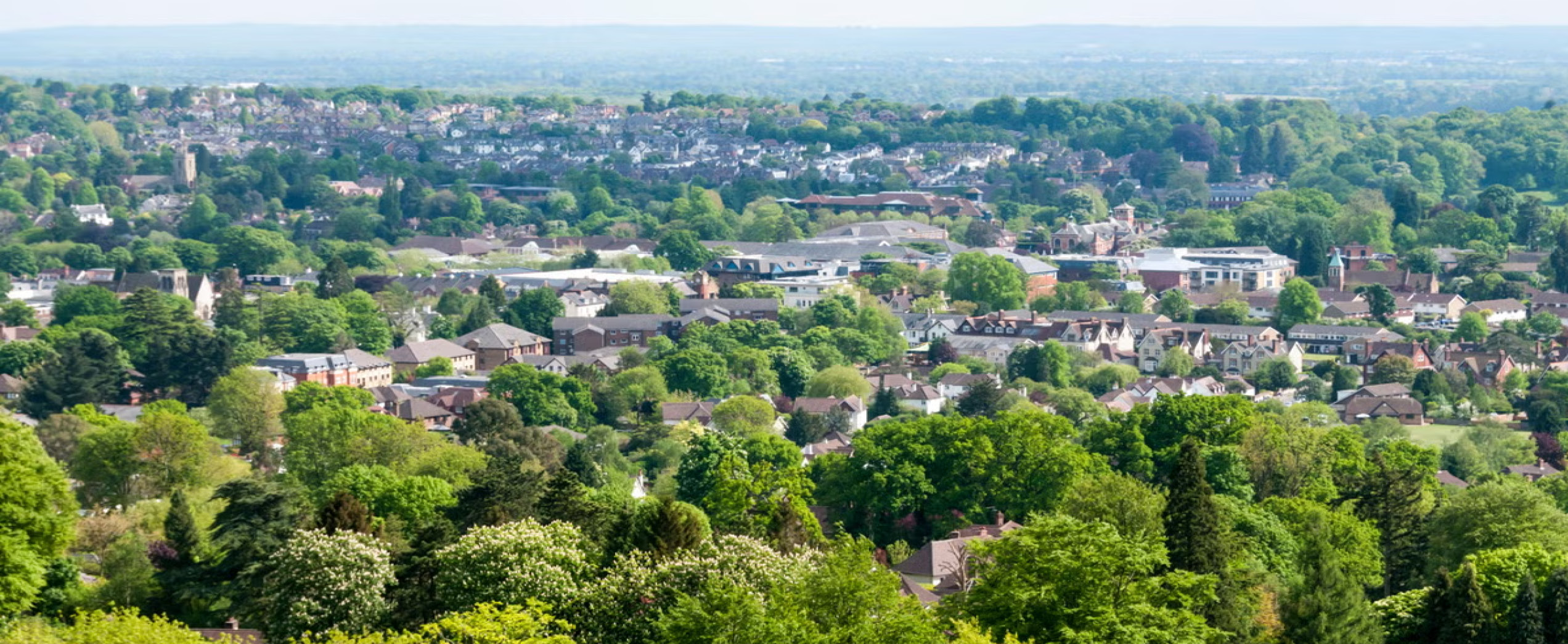All Eyes on London
As the capital sets its sights on delivering 30% of the government’s 1.5 million new homes, the Mayor of London invites you to comment on his New London Plan
The New London Surface Water Strategy
The New London Plan suggests that a Greenfield Runoff Rate
for new developments should be introduced to ensure that rates match natural levels.
The plan encourages the use of permeable surfaces on sites that are redeveloped
and that people might be forced to apply for planning to change front gardens into
parking spots. There is no direct mention of Sustainable Drainage Systems
(SuDS). However a surface water strategy (more on this later) has been released
to sit alongside the Thames Estuary Plan which focuses very heavily on
nature-based SuDS.
Challenges
Housing delivery in London, and indeed across the country,
is up against spiraling construction costs, higher interest rates and
regulatory changes. In 2023/24, just 43,600 homes were approved and only 33,000
homes were completed – less than 50% of the new annual target.
Many would argue that the real problem isn’t necessary the
planning process itself but the staggering house prices each year. High
density housing in London is going to receive push back from the public. Tall
buildings may just become the norm along the city’s skyline.
There are difficult choices to be made. But the new London
Plan is an opportunity for the capital to set a high standard for the rest of
the country. If we want the right choices made, we must comment and share our
experiences in order to shape an effective, flexible, streamlined new London
Plan that fosters a resilient and sustainable capital that can continue to
thrive and grow without turning all green to grey.

